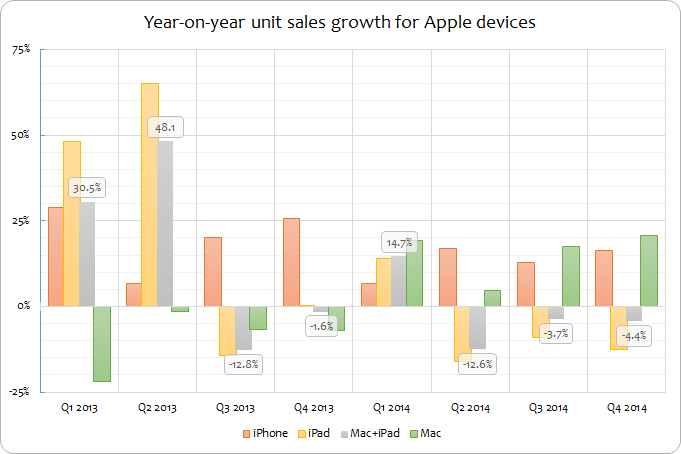Another problem with maps is that once you make them, you have to keep them up to date, a challenge Google says it hasn’t yet started working on. Considering all the traffic signals, stop signs, lane markings, and crosswalks that get added or removed every day throughout the country, keeping a gigantic database of maps current is vastly difficult. Safety is at stake here; Chris Urmson, director of the Google car team, told me that if the car came across a traffic signal not on its map, it could potentially run a red light, simply because it wouldn’t know to look for the signal. Urmson added, however, that an unmapped traffic signal would be “very unlikely”, because during the “time and construction” needed to build a traffic signal, there would be adequate opportunity to add it to the map.
But not always. Scott Heydt, director of marketing at Horizon Signal Technologies, says his company routinely sets up its portable traffic signals at road construction sites. Frequently, they are simply towed to a site and turned on. We just set one up like that in New Jersey
, said Heydt. You can be driving to work and everything is normal, but on your way home, discover a new traffic light.
(Of this possibility, a Google spokesperson said, We will have to be ready for that.
)
Lee Gomes
With a subheading like “The autonomous Google car may never actually happen”, this article paints a rather bleak picture of the future of self-driving cars. But I wouldn’t be quite so pessimistic as the subheading implies. As with any new revolution in transportation, it’s not enough to design and build the vehicle, you also need to have the right infrastructure in place. In order to use trains, people had to build a railway system; for cars they needed highways, petrol stations and parking places. It’s the same now with driverless cars; it’s not enough to have a smart car, you also need smart roads to take full advantage of their potential.





